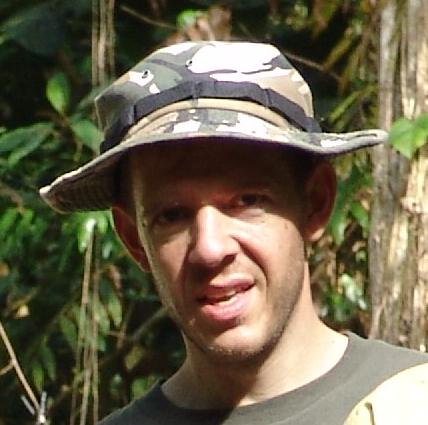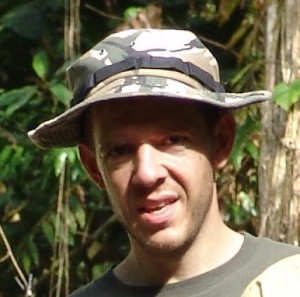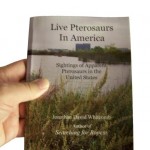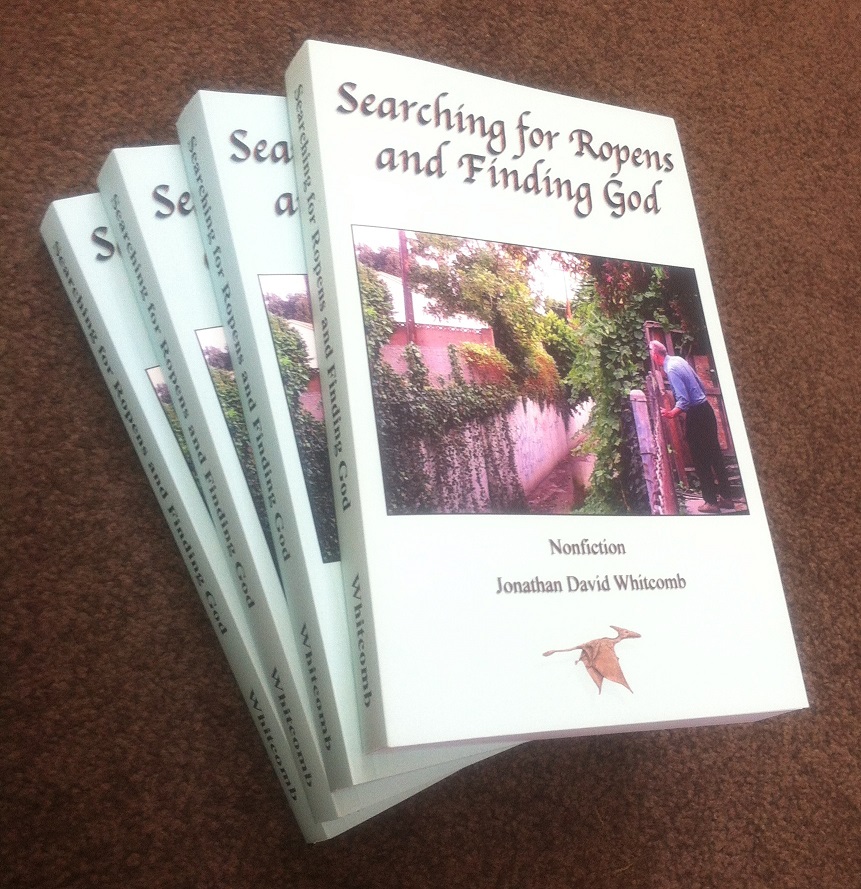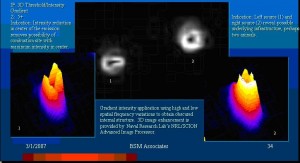 Cliff Paiva, a missile defense physicist, examined the video footage Paul Nation recorded in the late-2006 expedition on the mainland of Papua New Guinea. Paiva conducted his study from December, 2006, until about late February, 2007, and eventually came to a number of conclusions regarding the two lights in the video.
Cliff Paiva, a missile defense physicist, examined the video footage Paul Nation recorded in the late-2006 expedition on the mainland of Papua New Guinea. Paiva conducted his study from December, 2006, until about late February, 2007, and eventually came to a number of conclusions regarding the two lights in the video.
See Pterosaur Sightings in Papua New Guinea, “blur function diameter”
Rather than quote many technical details, here are some conclusions from part of the page-three ropens.com “report” site:
The above processed images (of the two glowing forms videotaped in the remote interior of Papua New Guinea) show that there are indeed two sources of light. Each is about one meter in diameter. . . . They are not fires because the center of the light is less intense (in both lights): very unlike a camp fire. Neither light is moving, so they are not meteors or airplane lights. The lights are not artificial mistakes inside the camera (artifacts): They are real. After sophisticated image-processing and analysis, the video does not appear to be anything produced by a hoax.
The indava lights (probably made by creatures similar to the ropen of Umboi) videotaped by Paul Nation were probably make by the same species as those responsible for the lights seen by Evelyn Cheesman decades earlier. See Ropen Lights Seen By a Biologist.



